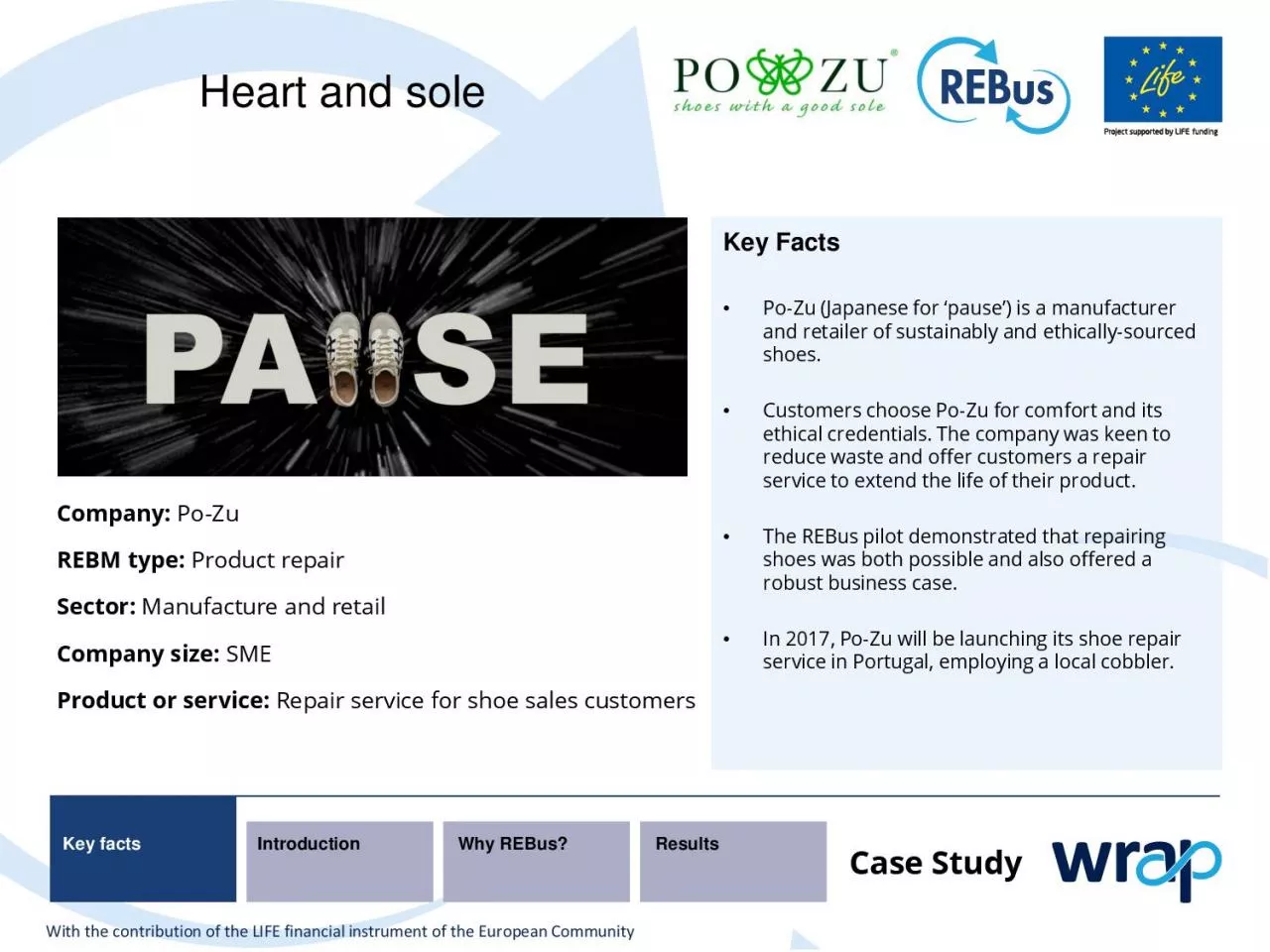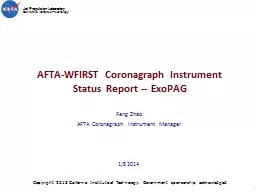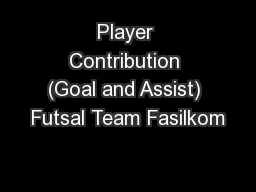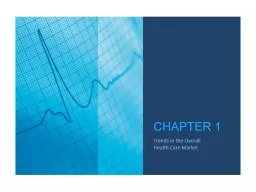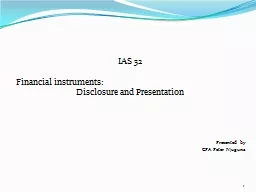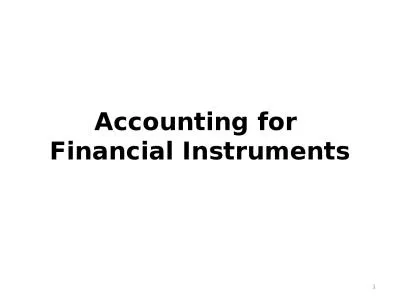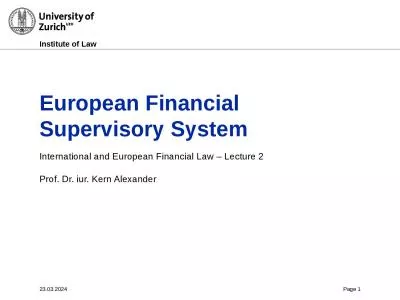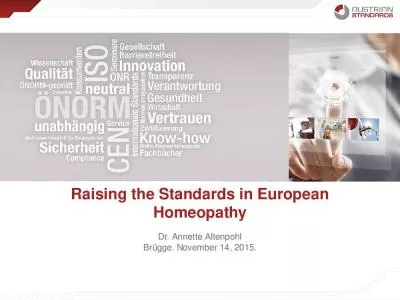PDF-With the contribution of the LIFE financial instrument of the European
Author : bella | Published Date : 2020-11-25
Heart and sole Company Po Zu REBM type Product repair Sector Manufacture and retail Company size SME Product or service Repair service for shoe sales customers Key
Presentation Embed Code
Download Presentation
Download Presentation The PPT/PDF document "With the contribution of the LIFE financ..." is the property of its rightful owner. Permission is granted to download and print the materials on this website for personal, non-commercial use only, and to display it on your personal computer provided you do not modify the materials and that you retain all copyright notices contained in the materials. By downloading content from our website, you accept the terms of this agreement.
With the contribution of the LIFE financial instrument of the European: Transcript
Download Rules Of Document
"With the contribution of the LIFE financial instrument of the European"The content belongs to its owner. You may download and print it for personal use, without modification, and keep all copyright notices. By downloading, you agree to these terms.
Related Documents

